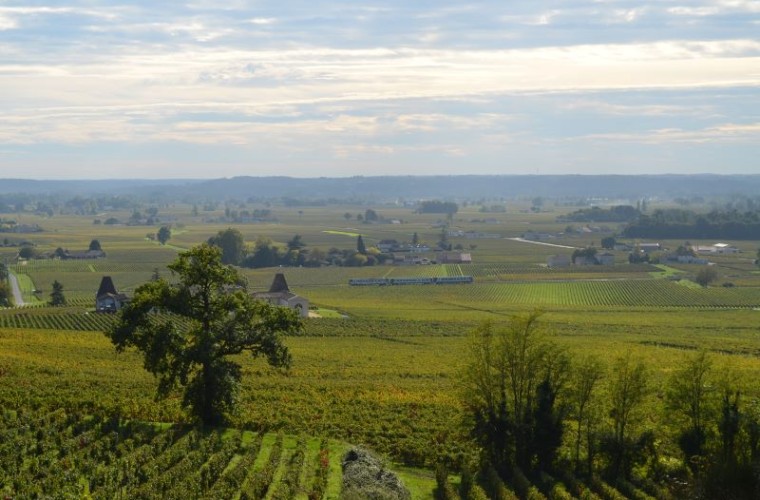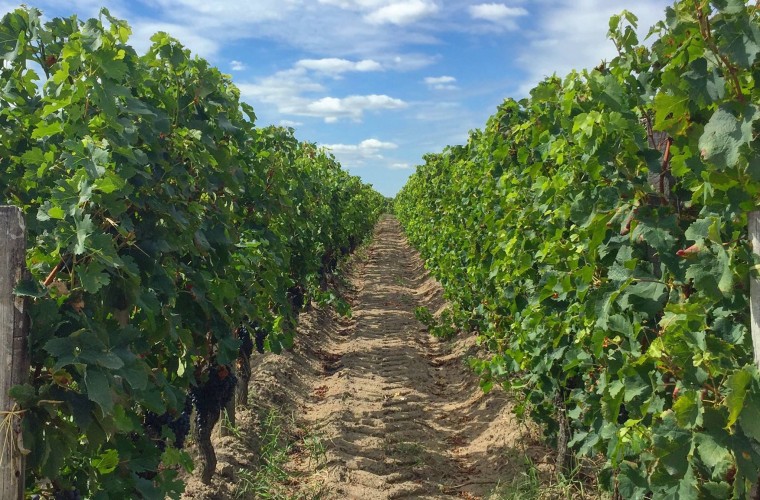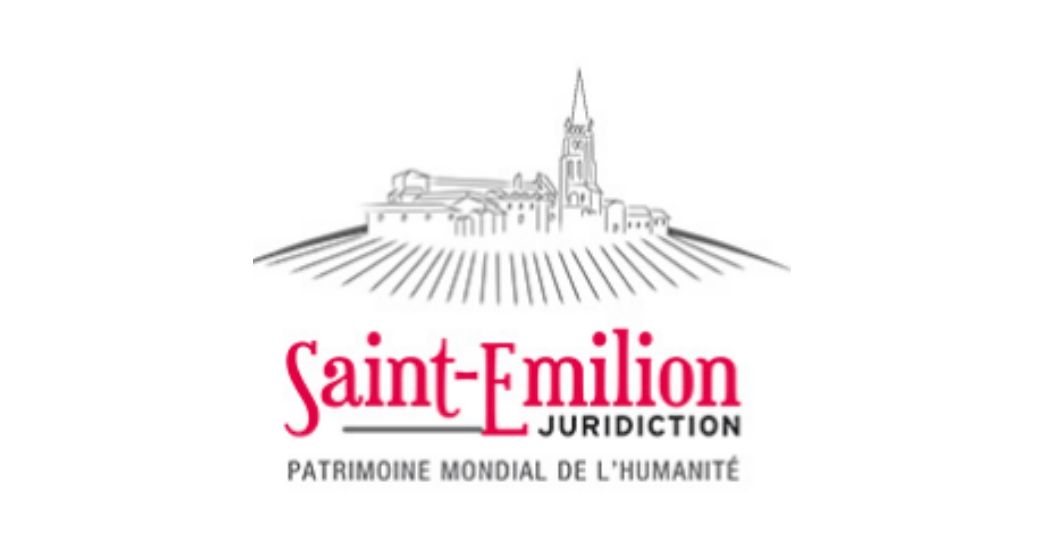It is an exceptional 800-year-old human adventure that is highlighted by the inscription of the medieval city of Saint-Émilion and the seven villages that surround it.

Without destroying it, human communities have made the most of the characteristics of the territory to develop their activities and their way of life.
Land cultivation, quarrying, settlement and urban development, the construction of religious buildings and residential houses: all these have created a landscape in perfect harmony with the topography and resources of the territory.
Here are some of the key dates:

remains an historic date for Saint-Émilion!
It was on this date that the vineyard and the 8 villages of the Jurisdiction of Saint-Émilion were listed as a UNESCO World Heritage Site for its "cultural landscape". A world first!
By the way, what does it exactly mean to be a UNESCO World Heritage Site ?
According to UNESCO, Saint-Émilion is "an outstanding example of an historic vineyard landscape that has survived intact". A particular vigilance is given to this exceptional "cultural landscape" so that it can be preserved and can continue.
This is why, since 1993, a Commission (composed of INAO members, representatives of the town council of the municipalities concerned, representatives of the Chamber of Agriculture and Winegrowers) is in charge of validating the plant occupation of a plot or the modification of the structure of a soil.
This inscription represents approximately 5000 hectares of vines spread over the eight villages of the Saint-Émilion Jurisdiction: Saint-Émilion, Saint-Laurent des Combes, Saint-Christophe des Bardes, Saint-Pey-d'Armens, Saint-Etienne de Lisse , Saint Sulpice of Faleyrens, Saint-Hippolyte and Vignonet.
The inscription on the UNESCO World Heritage list continues to make the pride of the winegrowers who have both shaped and preserved the terroir. Nowadays it’s the winegrowers who enable millions of visitors to discover this cultural wealth ; as well as the Great Saint-Émilion Area Tourist Office, the Saint-Émilion Wine Council and the Association Jurisdiction of Saint-Émilion, a World Heritage Site.
Indeed, it is not only a remarkable natural heritage but also a considerable historical and architectural heritage with the medieval city of Saint-Émilion, its monolithic church, its underground quarries, its cobbled streets and its numerous religious monuments. In addition, the Jurisdiction of Saint-Émilion abounds with Romanesque churches, mills and dovecotes that contribute to the uncontested attraction of this territory.
Since July 2015, two other French vineyards have been listed by the UNESCO :
The Jurisdiction of Saint-Emilion is not the only UNESCO World Heritage Site in New Aquitaine. Find all these wonderful sites here and take advantage of your visit to the Gironde to discover them!
In 1999, the Juridiction of Saint-Emilion became the first vineyard to be listed as a UNESCO World Heritage Site for its cultural landscapes. The association Juridiction de Saint-Emilion, Patrimoine Mondial de l'Humanité is the guarantor before the State of the inscribed property, in charge of its management, enhancement and preservation.
It is co-chaired by the Mayor of Saint-Emilion and President of the Communauté de Communes du Grand Saint-Emilionnais and the President of the Conseil des Vins de Saint-Emilion.
Its Executive Board includes the eight municipalities of the Jurisdiction (Saint-Emilion, Saint-Laurent des Combes, Saint-Christophe des Bardes, Saint Pey-d'Armens, Saint-Etienne de Lisse, Saint Sulpice de Faleyrens, Saint-Hippolyte and Vignonet), the Communauté de Communes du Grand Saint-Emilionnais and the Conseil des Vins de Saint-Emilion.

In 1972, the World Heritage Convention became the first international legal instrument to recognize and protect cultural landscapes.

Cultural landscapes represent the "combined works of Man and Nature" referred to in Article 1 of the Convention.
They illustrate the evolution of society and human occupations over the ages, under the influence of the constraints and/or assets presented by their natural environment, and under the influence of successive social, economic and cultural forces, internal and external.
Cultural landscapes fall into three major categories (2008 Operational Guidelines, Annex 3):
In the Jurisdiction of Saint-Émilion, everything points out that Man and Nature have advanced together, by developing the cultivation of the vine that appeared more than 2,000 years ago.
A cultural landscape like that of the Jurisdiction is shaped by its history and geography. Religious architectures, wine-growing architectures or small familiar architectural heritage from past generations (vine huts, washhouses, watercress, mills, etc.) are all expressions of a society, of its know-how to be kept alive and transmitted to future generations.
It is important to note that the Convention recognizes the interaction between human beings and nature and the fundamental need to preserve the balance between the two.
On July 11th, 2012, the International Coordinating Council of UNESCO's "Man and Biosphere" programme integrated the Dordogne basin into the global network of Biosphere reserves.

The recognition offered by this global network highlights the exceptional territory crossed by the Dordogne, both by its preserved nature, its cultural heritage and its art of living marked by the imprint of the river.
Each biosphere reserve must fulfil three fundamental functions, which are both complementary and mutually reinforcing:
UNESCO thus recognizes the Dordogne basin as an exemplary territory of major interest on a global scale. It also suggests a certain harmony between nature and the people who have exploited it, inhabited it, shaped it, dreamed of it... without damaging it irreparably.
For any further information, you can contact EPIDOR, the Dordogne basin's public territorial institution.
Grand Saint-Emilionnais Tourist Office
Le Doyenné - Place des Créneaux
33330 SAINT-EMILION
Exceptional closure!
Dear visitors,
Due to ongoing maintenance and renovation works, access to the bell tower is temporarily suspended until further notice. We apologise for any inconvenience caused and thank you for your understanding.

